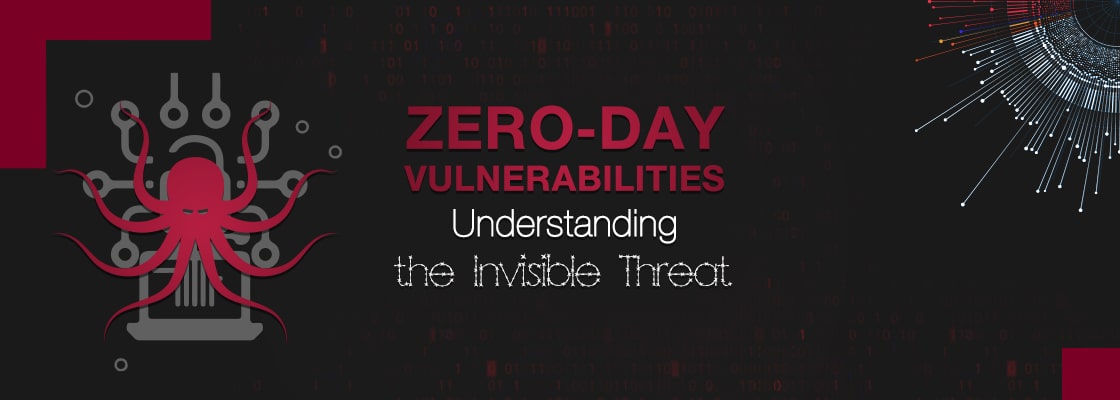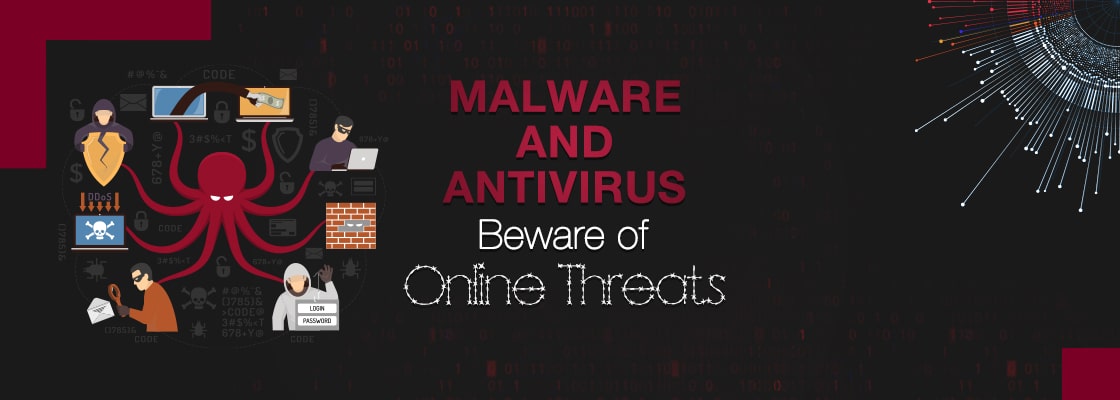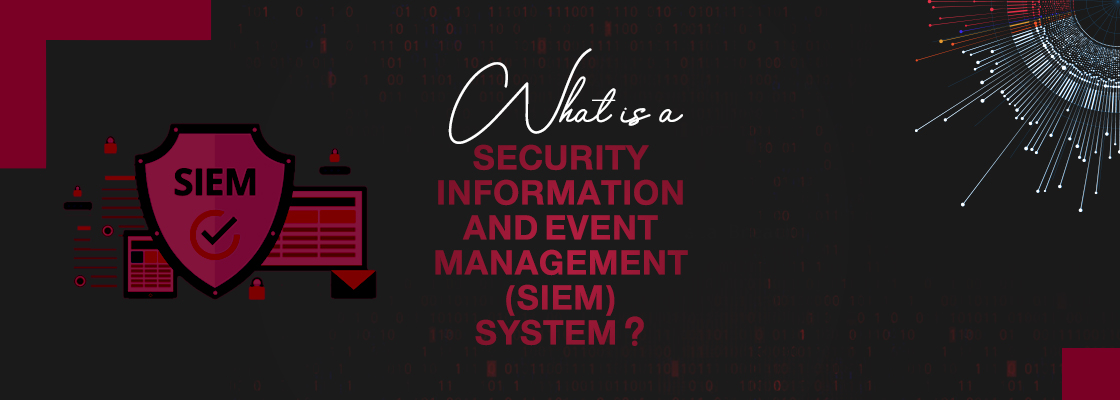CYBER THREAT INTELLIGENCE
What is Threat Intelligence? Threat intelligence is data that is collected, processed, and analyzed to understand a threat actor’s motives, targets, and attack behaviors. Threat intelligence enables us to make faster, more informed, data-backed security decisions and change their behavior from reactive to proactive in the fight against threat actors. Threat intelligence is important for
- Published in Blog
Evolving Cyber Threat Landscape: Initial Access and Rising Trends
In recent years, we’ve observed substantial changes in the strategies deployed by threat actors to compromise major companies and organizations, regardless of the preventative security measures in place. This blog post, the first in a forthcoming series, explores the evolving tactics and innovations of these threat actors, with a spotlight on recent trends. Today, our
- Published in Blog
Zero-Day Vulnerabilities: Understanding the Invisible Threat
In the fast-paced world of cybersecurity, new threats constantly emerge, posing risks to individuals, businesses, and governments alike. One such formidable threat is a zero-day vulnerability. Understanding the nature of these invisible threats is the first step in effectively mitigating their risks. By adopting a proactive approach, staying updated, implementing robust security measures, and promoting
- Published in Blog
Malware and Antivirus: Beware of Online Threats
Our lives are becoming increasingly digital, making it even more important to protect our computers from malware. Malware, or malicious software, is software that harms or exploits computers. From stealing personal information to crashing systems and even rendering them unusable, malware can cause a wide range of problems. Evolution of Malware Malware has been around
- Published in Blog
Phishing Attacks: The Cyber Criminals’ Favorite Method
Phishing attacks are a type of cyber attack where cyber criminals use fraudulent emails or websites to trick individuals into providing sensitive information. These attacks can be very convincing, often using logos and branding that appear to be from legitimate sources. How Phishing Attacks Work Phishing attacks typically involve an email or message that appears
- Published in Blog
Social Engineering: Understanding, Preventing, and Mitigating Risks
Social engineering is a term that has become increasingly relevant in today’s fast-paced, technology-driven world. It refers to the psychological manipulation of individuals to divulge sensitive information or perform specific actions, often with malicious intent. What is Social Engineering? Social engineering refers to the art of manipulating people into divulging sensitive information or performing actions
- Published in Blog
The Power of Reverse Engineering in Cyber Security
The reverse engineering process in cyber security involves understanding how a system, application, or device works in order to identify potential security flaws. With the growing sophistication of cyber attacks, reverse engineering has become an essential tool for cyber security professionals. What is reverse engineering? Reverse engineering is analyzing a system, application, or device to
- Published in Blog
vulnerability management is a critical part of cyber security
Vulnerability management is a crucial aspect of cyber security that involves identifying, assessing, and mitigating potential security risks to an organization’s systems and data. With the growing threat of cyber attacks and data breaches, “vulnerability management” has become a critical part of maintaining a robust cyber security posture. In this article, we will explore the
- Published in Blog
What is a security information and event management (SIEM) system?
Businesses and organizations are increasingly vulnerable to cyber-attacks in today’s digital age. SIEM (Security Information and Event Management) enables organizations to centralize security management and detection. What is SIEM? Security Information and Event Management (SIEM) is a security solution that centralizes security management and detection. It collects security data from multiple sources, such as firewalls,
- Published in Blog
Intrusion Detection and Prevention Systems in the Digital World
Intrusion detection and prevention systems (IDPS) are essential tools for protecting against cyber threats. IDPS solutions provide continuous monitoring and analysis of network traffic to identify and prevent attacks. What are Intrusion Detection and Prevention Systems? Intrusion detection and prevention systems are security solutions that monitor network traffic for suspicious activity, analyze it, and take
- Published in Blog










